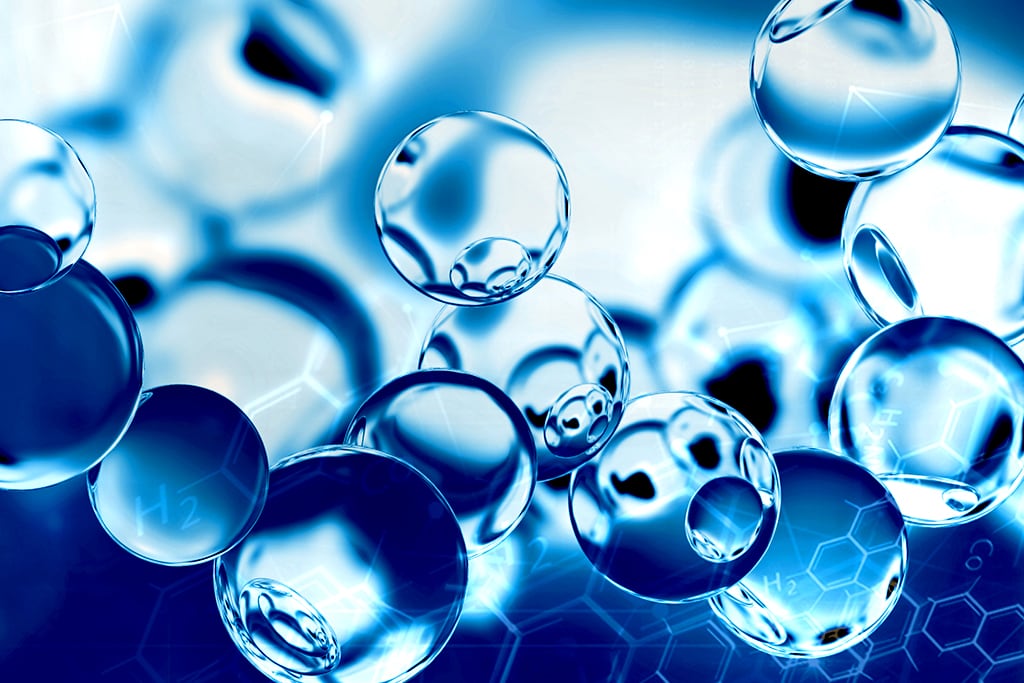WATER CLARIFIERS
A good water clarification program is arguably the most critical aspect to a successful chemical treatment program on offshore production platforms. Failure to abide by the Federal Government’s set produced water discharge standards can result in the immediate shut-in of an offshore platform. The monthly Oil and Grease concentration average for an offshore platform’s discharged produced water under MMS jurisdiction is presently 28 ppm.
MECHANICAL CLARIFICATION
IMPROVEMENTS
The monthly average concentration has been lowered over the last several decades as mechanical clarification technologies have been improved and implemented on newer facilities. However, older platforms with production equipment originally designed to achieve Oil and Grease levels much higher than 28 ppm are still required to abide by the EPA set standard. Furthermore, producers often find that many aging platforms’ water handling vessels were originally designed to process less water than is presently being produced.

CLARIFIER
SELECTION
The selection of a suitable clarifier is just as important as the injection point and method at many offshore locations. Special considerations must be made when selecting a product for water clarification. These considerations will determine if the correct product is being injected at the correct location and concentration. A few things to consider even before bottle testing products are listed below:
• Cleanliness of the process stream
• Mechanical efficiency of floatation and/or skimming vessels
• Retention time
• Temperature
• Process flow
• Produced water O&G concentration of primary three phase separators
• Introduction rate and method of recirculated or “skimmed” fluids
• Introduction of foreign materials (lube oils, deck wash, etc.)
Here are a few reasons why water quality can decrease in any system.
• Chemical pumps malfunctioning
• Not enough or too much chemical being injected for the amount of water being produced
• Foreign chemicals introduced into the system
• Dirty water is being dumped from a treating vessel
• Vessels are not skimming properly
• Vessels are not operating at design specifications.
• Sand or solids build up in the vessels
• Excessive bacterial growth
• Dirty water is coming from an emulsion band
• Insufficient gas blankets supplied to vessels
• Oxygen is being introduced into the system from leaking seals, pumps or pipelines.
All of these factors will play a role in predetermining which chemistries and injection points will potentially be successful and/or give undesired side effects in a given system.
SAMPLE TAKING
AND TESTING
As the case with demulsifier bottle testing, the system should be replicated as close as possible in terms of retention time, temperature and turbulence. Water clarification bottle testing must be performed on site. Test samples should be taken upstream of water handling vessels and existing clarification products. Extremely oily’ water entering a water-handling vessel will generate an excessive amount of floc in the oil phase of downstream vessels. This usually results in excessive chemical usage and emulsion formations in wet oil tanks from clarifier over treatment. One should always evaluate and attempt to optimize upstream conditions (i.e. demulsifiers, vessel levels and pad formations) before water clarifier bottle testing is performed. One may consider the option of two-phase fluid injection with certain products if primary separation conditions are already optimized.
LEADING WITH WATER CLARIFIER SOLUTIONS
Contact Coastal Chemical to learn how we can assist with water clarifier solutions.
